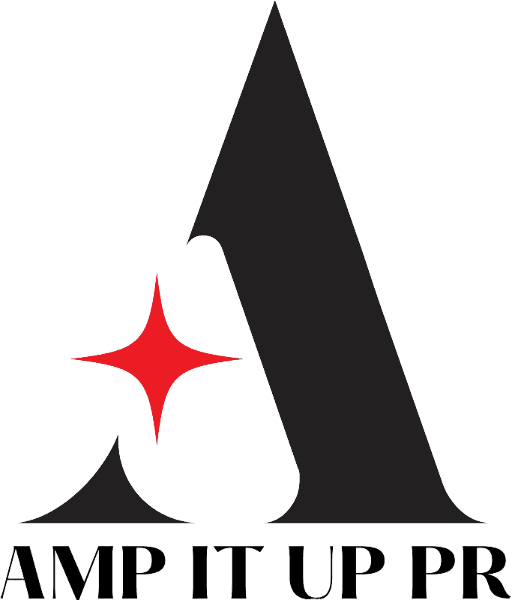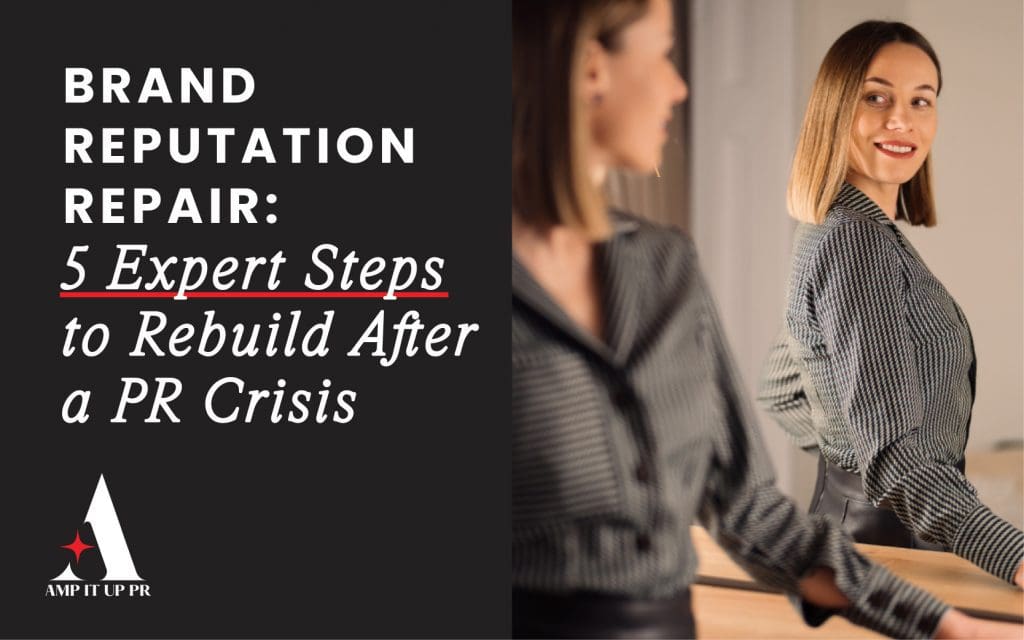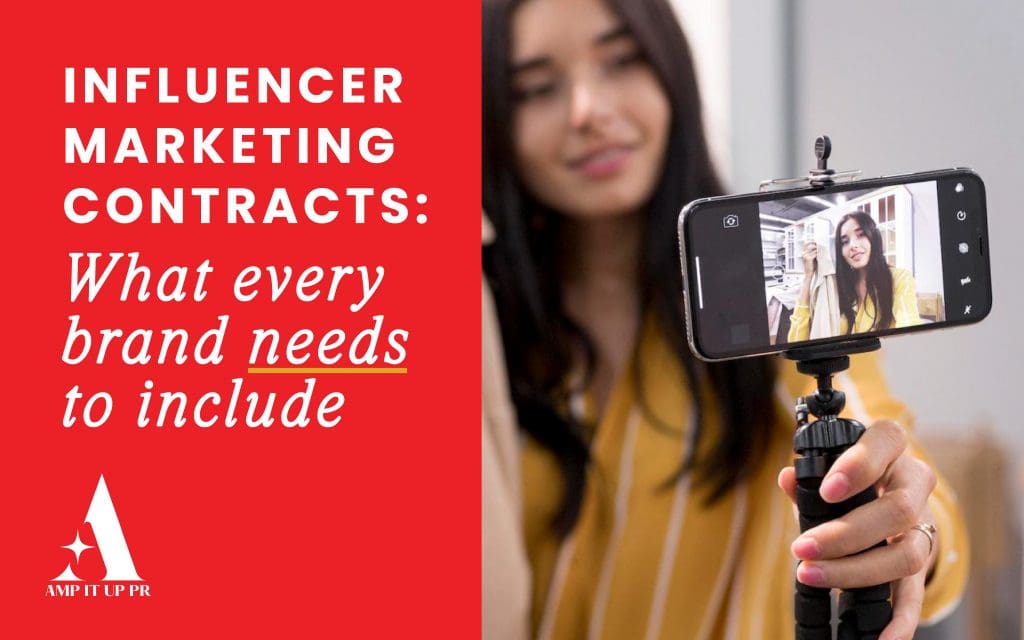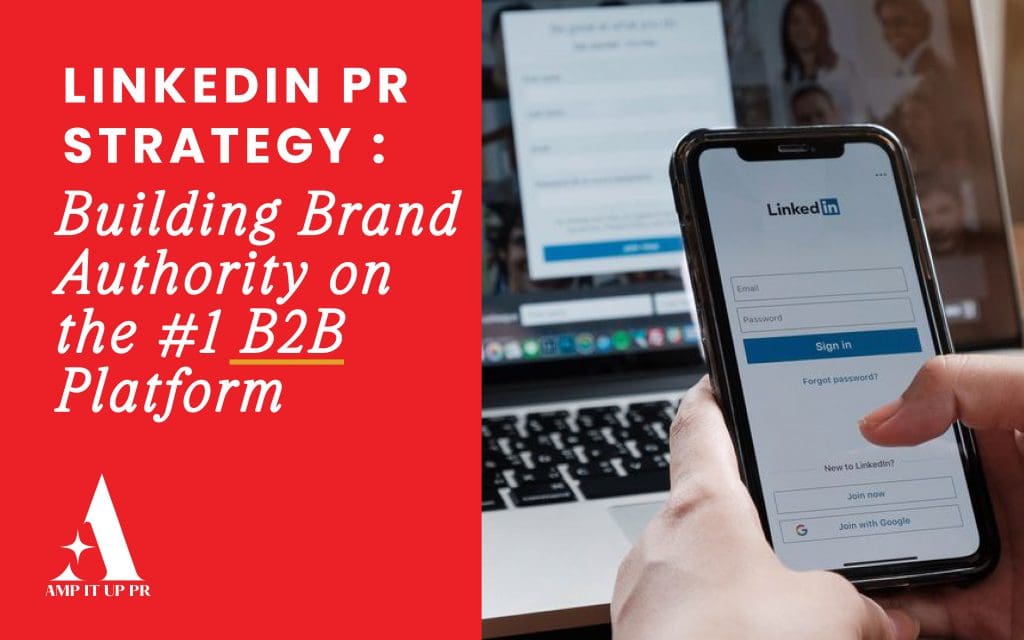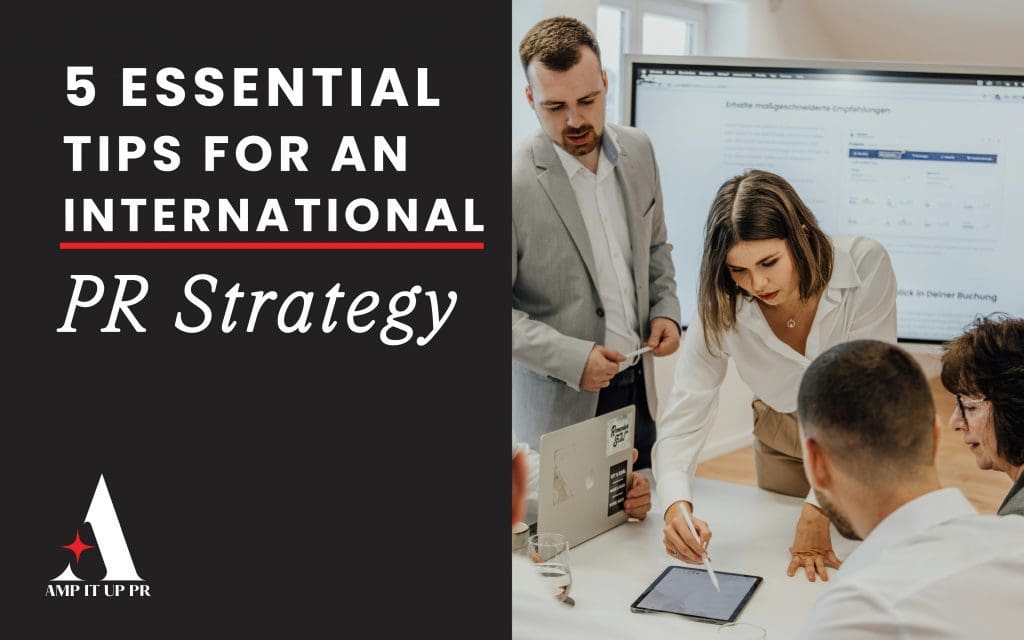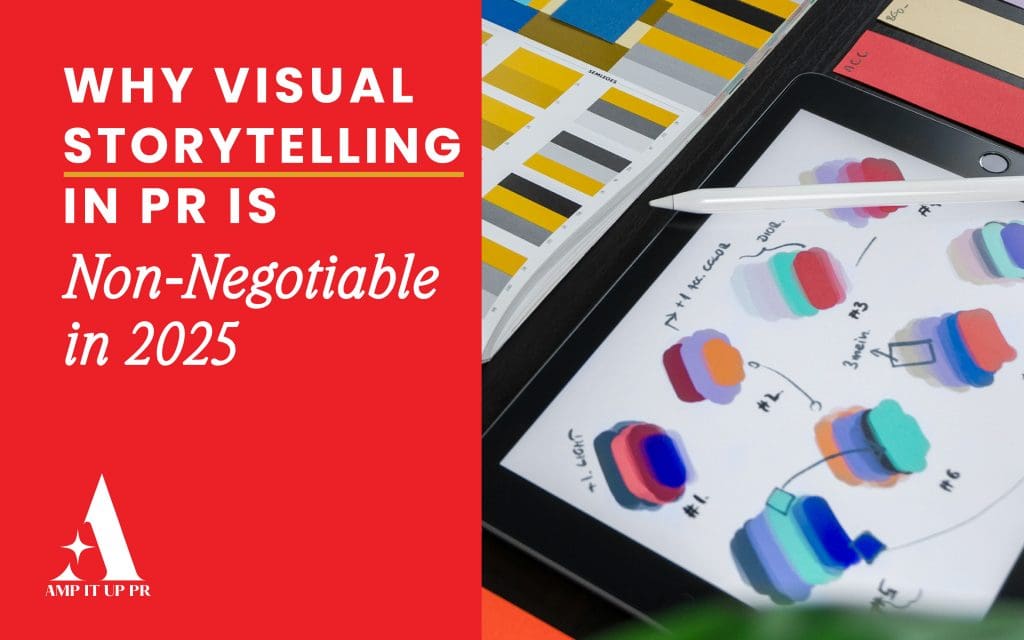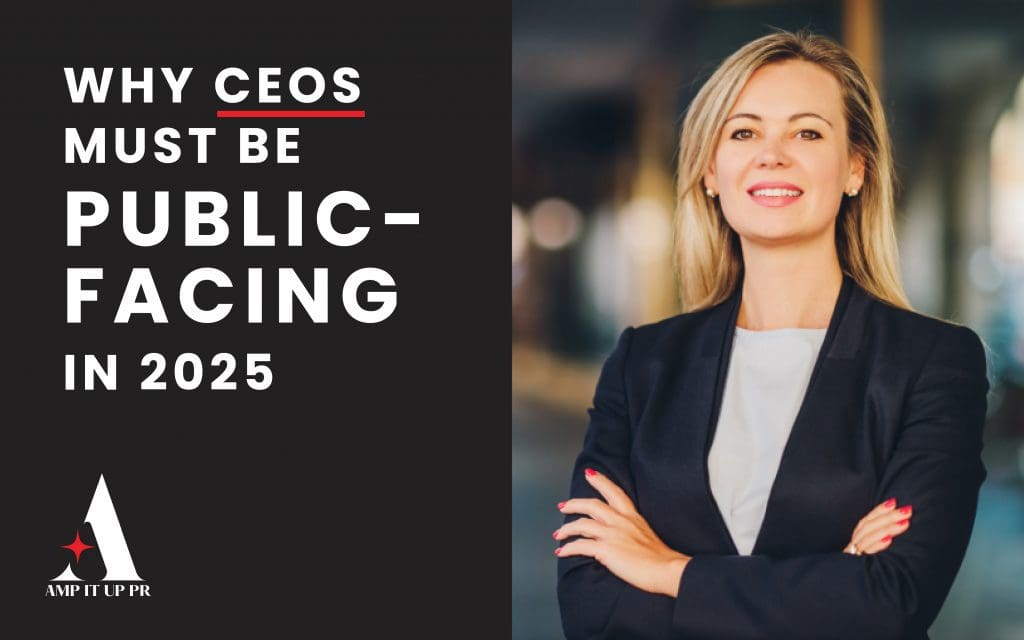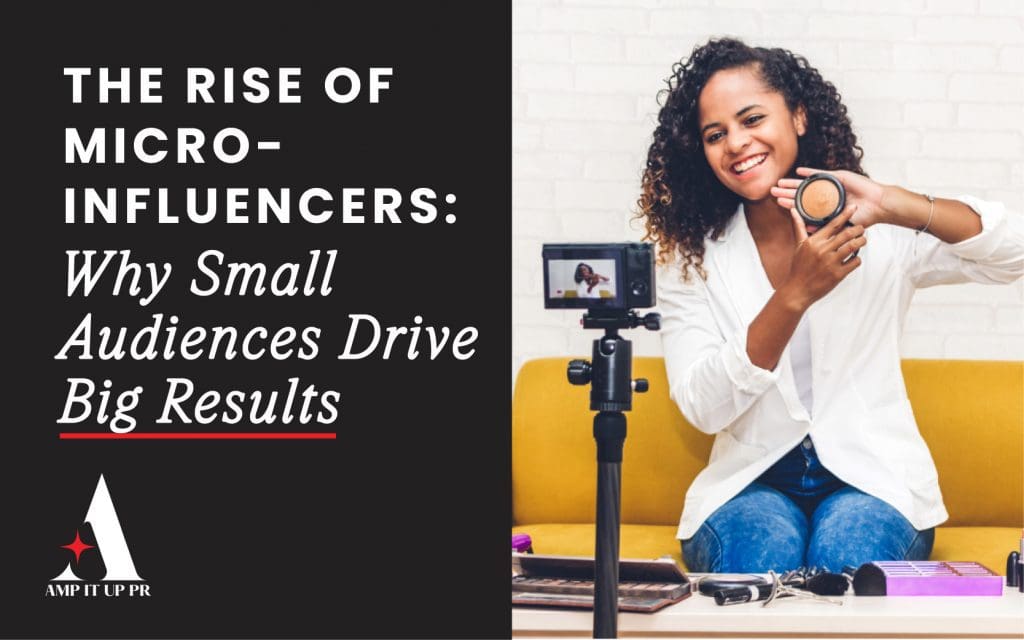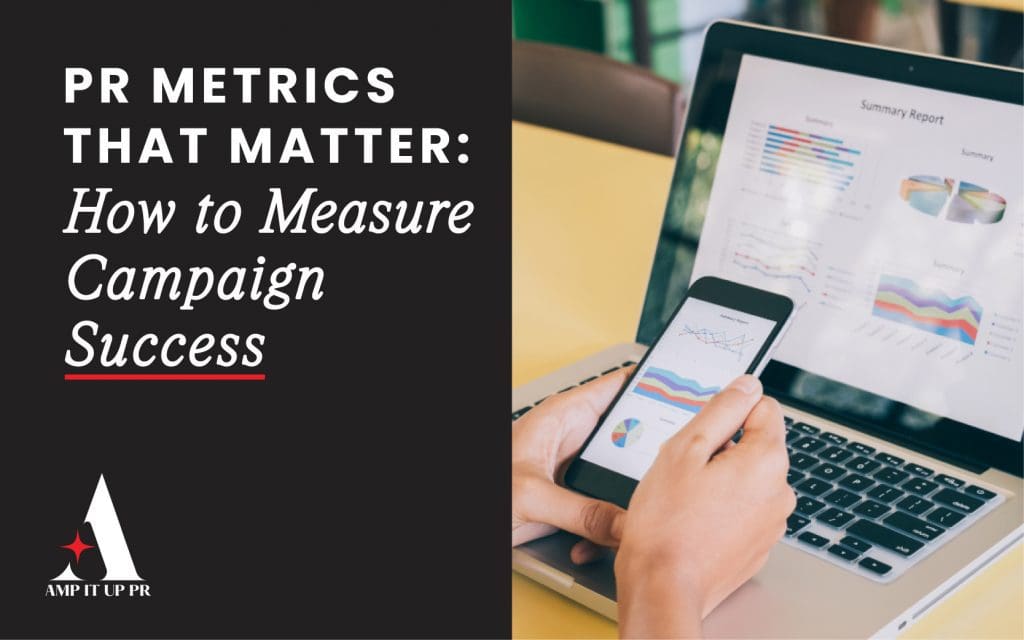A crisis doesn’t wait. It hits your brand fast—through a trending hashtag, a security breach, or a breaking news headline. In those first moments, silence isn’t neutral—it’s damaging.
Nearly 70% of consumers expect brands to respond to crises within 24 hours or less. Delay or poor messaging not only fuels speculation, but also risks public trust, stockholder confidence, and legal exposure.
That’s where a crisis communication PR strategy with a strong holding statement becomes your first—and most vital—line of defense.
At AMP IT UP PR, we’ve supported brands across Toronto, New York, Los Angeles, and beyond in preparing for high-stakes situations. Here’s how your business can do the same.
What Is a Holding Statement in Crisis Communication PR?
A holding statement is a short, pre-approved public message issued immediately when a crisis becomes public knowledge. It’s designed to:
- Acknowledge the situation without assigning blame
- Reassure the public and stakeholders that action is underway
- Maintain control of the narrative by reducing speculation
- Buy time while verified details are gathered
This tool is not about providing all the answers—it’s about showing you’re present, responsible, and prepared.
Key Components of a Perfect Holding Statement
Q: What makes a holding statement effective in crisis communication PR?
A: Empathy, verified facts, clear timelines, and geographic relevance.
Each of these elements supports answer engine optimization (AIO) while being geo-sensitive for localized trust building.
1. Empathy First
Start with compassion. Acknowledge harm, concern, or disruption to people—not just to operations.
Example:
“We are deeply concerned by the incident and are prioritizing the well-being of everyone affected.”
2. Only Confirmed Facts—No Speculation
State only what is known. Avoid guesses or assigning fault prematurely.
Example:
“We are assessing the situation and will share verified updates as soon as possible.”
3. Communicate a Timeline
Let the public know when they can expect further updates. This reduces panic and media frenzy.
Example:
“An official update will be issued within 24 hours through our website and media channels.”
4. Designate a Clear Point of Contact
Assign a media contact or spokesperson to streamline information flow.
Geo Tip: In Canada, cite communications staff familiar with provincial authorities like the Ministry of Labour. In the U.S., reference federal or local agency coordination, like the FDA or OSHA.
When Should You Use a Holding Statement?
Q: In what situations is a holding statement essential?
A: Any situation that impacts your public image, safety, or stakeholder trust.
Use holding statements in these scenarios:
- Social Media Crises: When backlash or misinformation is going viral
- Legal & Regulatory Investigations: Lawsuits, compliance breaches, audits
- Data Breaches: Especially involving consumer or health data
- Product Recalls: Faulty, dangerous, or mislabeled items
- Workplace Accidents or Fatalities
- Leadership Scandals or Resignations
Geographic Example:
In Toronto, reference agencies like Health Canada or Workplace Safety and Insurance Board (WSIB). In the U.S., defer to CDC, FTC, or state-level regulators.
Dos and Don’ts of Crisis Holding Statements
| DOs | DON’Ts |
|---|---|
| Show empathy | Don’t speculate or blame |
| Share only confirmed facts | Avoid legal or technical jargon |
| Include a timeline for updates | Never delay response |
| Customize messaging per region | Don’t use “corporate speak” |
Checkout more on our blog :”Why Crisis PR is Failing in 2025: Common Mistakes and How to Avoid Them“
Sample Holding Statement Templates
Workplace Incident – Canada
“We are aware of an incident that occurred at our Toronto facility. Our immediate concern is employee safety. Emergency teams are on-site, and we are cooperating fully with local authorities, including WSIB. More information will follow within 24 hours.”
Breach – U.S.
“A potential cybersecurity incident has affected a portion of our U.S.-based users. We are investigating the matter with the support of federal agencies and have implemented preventive measures. Updates will be shared via our official channels.”
Product Recall – Retail Brand
“As a precaution, we are initiating a voluntary recall of [Product Name]. Customer safety remains our top priority. Full refund procedures are available at [brandwebsite.com/recall].”
Case Study: Holding Statements That Worked—and Those That Failed
Success: Johnson & Johnson (Tylenol Crisis, 1982)
Faced with a tampering tragedy, J&J issued a transparent, empathetic holding statement and recalled 30+ million bottles. The public response? Trust restored—and an industry gold standard established.
Failure: United Airlines (2017)
After forcibly removing a passenger, United’s cold initial statement labeled him “disruptive.” Public outrage followed, wiping $1.4 billion in stock value in 24 hours.
Takeaway: Speed + empathy + clarity = reputation survival.
How AMP IT UP PR Builds Bulletproof Crisis Communication PR Strategies
At AMP IT UP PR, we go beyond templates. We help you future-proof your reputation.
Here’s what we do for your brand:
- Develop industry and region-specific holding statements for legal compliance
- Provide on-camera spokesperson training for real-time media response
- Monitor real-time brand sentiment and optimize messaging (AEO strategy)
- Implement SEO-optimized templates for Google Featured Snippets
Whether you’re a hospitality chain in Ontario, a retail brand in Vancouver, or a tech startup in California, we make sure your first response is your strongest.
Conclusion: Crisis Communication PR Starts Before the Crisis
A holding statement is not just a formality—it’s your first reputation safeguard. Done rig Crafting a holding statement is a critical component of crisis communication PR strategies. This formal document serves as a foundational element in safeguarding your brand’s reputation during challenging times. By carefully constructing your holding statement, you can instill trust, mitigate panic, and strategically position your brand for the future. ht, it builds trust, calms panic, and prepares your brand for the long-term road ahead.
Let’s Build Your Crisis Response Toolkit
Checkout our services, learn about our team on Our Team page, or Book a Consultation with us to explore how we can elevate your brand. For a custom quote, check out our Get a Quote page, or reach out directly via our Contact Us page to start amplifying your brand’s presence. Let’s work together to amplify your brand!
Join AMP IT UP PR today—and make your PR performance impossible to ignore.
